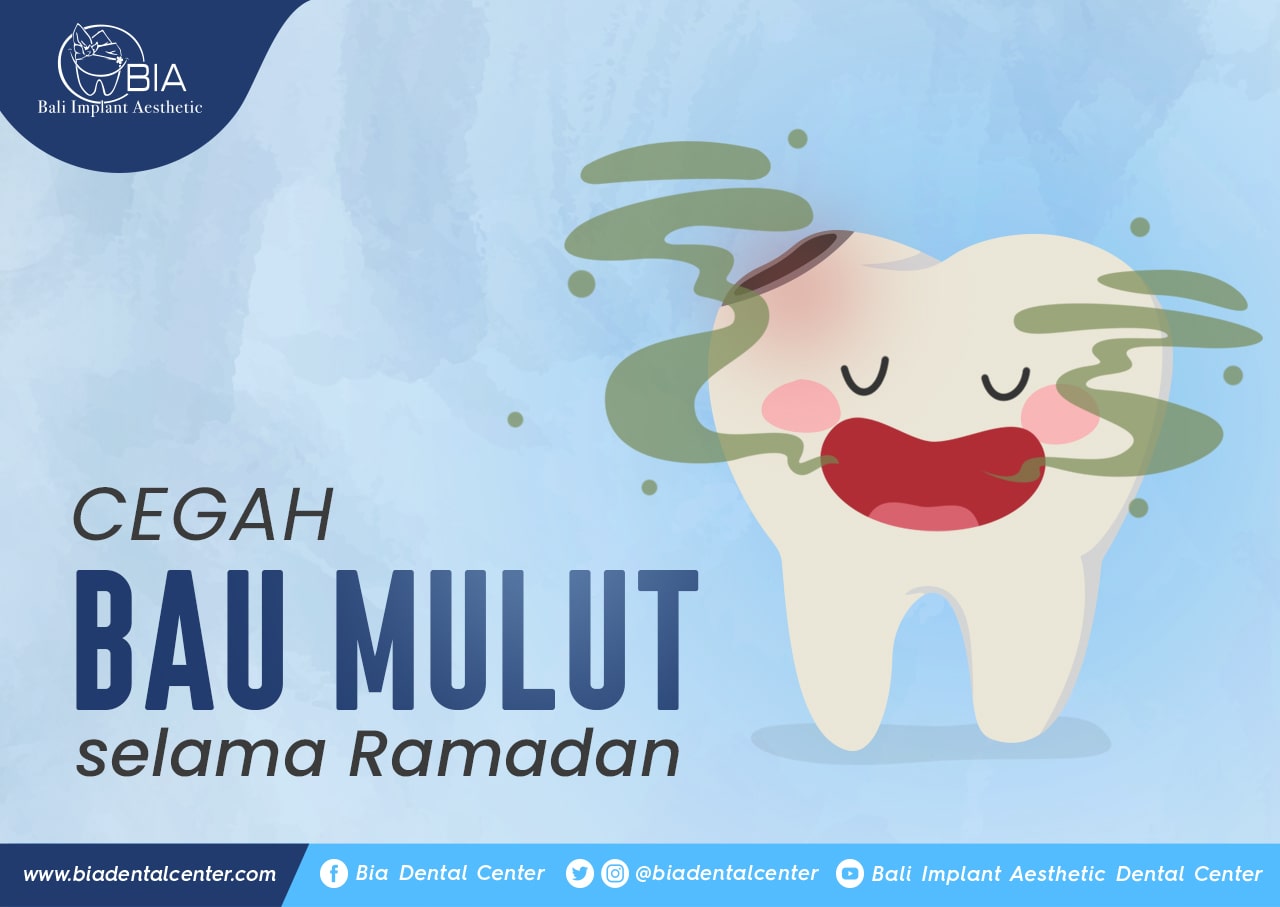Inlay / Onlay
Treatments » Crown/Veneer

Inlays and onlays are a form of indirect restoration. This means they are made outside of the mouth as a single, solid piece, that fits the specific size and shape of the cavity. The restoration is then cemented in place in the mouth. This is an alternative to a direct restoration, made out of composite, amalgam or glass ionomer, that is built up within the mouth.
Inlays and onlays are used in molars or premolars, when the tooth has experienced too much damage to support a basic filling, but not so much damage that a crown is necessary. The key comparison between them is the amount and part of the tooth that they cover. An inlay will incorporate the pits and fissures of a tooth, mainly encompassing the chewing surface between the cusps. An onlay will involve one or more cusps being covered. If all cusps and the entire surface of the tooth is covered this is then known as a crown.
Historically inlays and onlays will have been made from gold and this material is still commonly used today. Alternative materials such as porcelain were first described being used for inlays back in 1857. Due to its tooth like colour, porcelain provides better aesthetic value for the patient. In more recent years, inlays and onlays have increasingly been made out of ceramic materials. In 1985, the first ceramic inlay created by a chair-side CAD-CAM device was used for a patient. More recently, in 2000, the CEREC 3 was introduced. This allows for inlays and onlays to be created and fitted all within one appointment. Furthermore, no impression taking is needed due to the 3D scanning capabilities of the machine.




